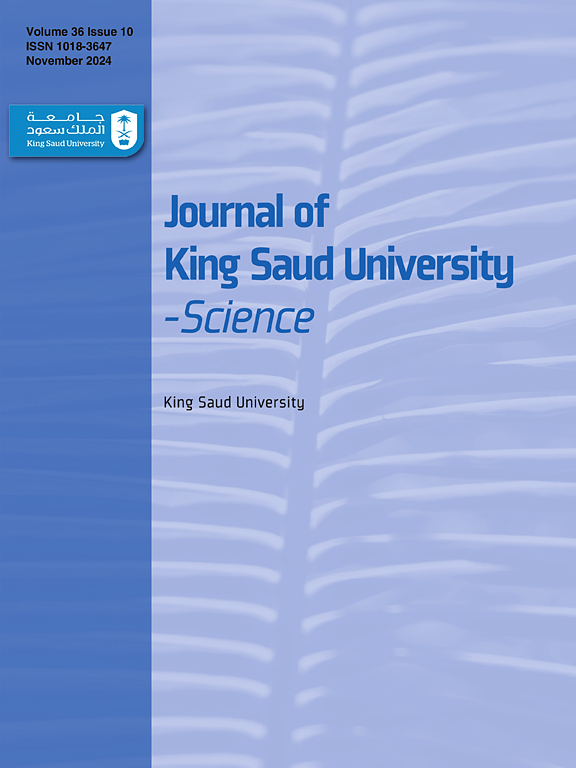科威特科威特城地震风险评估
IF 3.6
3区 综合性期刊
Q1 MULTIDISCIPLINARY SCIENCES
引用次数: 0
摘要
估算地震灾害的预期损失,无论是经济损失还是人员损失,都被认为是各国城市发 展最重要的优先事项之一,特别是像科威特城这样城市面积不断扩大、高层建筑和摩天大楼 不断增多的国家。科威特的地理位置靠近全球最重要的地震带--扎格罗斯地震带,而且靠近当地的震源,因此有必要进行地震风险评估研究。为了进行这样的研究,考虑到输入的不确定性,纳入了三个输入,包括地震灾害、暴露和脆弱性模块。为评估地震灾害模块,编制了统一的地震目录,设计了包含 27 个震源的地震构造模型,计算了每个震源的地震重现参数和可预测的最强地震,并获得了统一的灾害谱。生成地震场景,创建地震灾害模块。暴露模块使用科威特民事信息公共管理局提供的数据,包括 33 066 个设施和建筑物的坐标、建筑物的面积、高度、形状和类型、建筑材料、占用率和重置成本。脆弱性模块是通过选择描述科威特建筑物状况的最合适方程,使用平均损坏率曲线来实 施的,其中绝大多数是现代多层混凝土建筑。最终结果包括使用概率指标(预测年损失、损失超额曲线和可能的最大损失)计算的风险经济损失。结果表明,年平均损失为 12,793,319.52 美元,科威特北部的第 27 号地震源对损失的影响很大,但科威特东部扎格罗斯地区的第 15 号地震源频繁发生的损失对科威特的危害最大。地震风险结果可用于制定应急方案和风险缓解战略。本文章由计算机程序翻译,如有差异,请以英文原文为准。
Earthquake risk assessment for Kuwait City, Kuwait
Estimating the expected losses from a seismic disaster, whether economic or human is considered one of the most important priorities for urban development in countries, especially those with continually expanding urban areas, high-rise buildings, and skyscraper construction as is the case in Kuwait City. It is necessary to conduct an earthquake risk assessment study due to Kuwait’s geographical location which makes it close to the most important global seismic belt, the Zagros Seismic Belt, and its proximity to local seismic sources. To conduct such a study, three inputs including seismic hazard, exposure, and vulnerability modules were incorporated, considering the inputs’ uncertainty. To assess the seismic hazard module, a unified earthquake catalog was compiled, a seismotectonic model of 27 seismic sources was designed, the recurrence parameters of seismicity and the strongest predictable earthquake were calculated for each source, and the unified hazard spectrums were obtained. Earthquake scenarios were generated to create a seismic hazard module. The exposure module is performed using data from the Kuwaiti Public Authority for Civil Information including coordinates of 33,066 facilities and buildings, area, height, shape, and type of buildings, the materials used in their construction, their occupancy, and replacement cost. The vulnerability module was implemented using mean damage ratio curves by choosing the most appropriate equations that describe the condition of buildings in Kuwait, the vast majority of which are modern multi-story concrete buildings. The final results including the economic losses of the exposures were calculated using probabilistic metrics (predicted annual losses, loss exceedance curve, and probable maximum loss). The results showed that the annual average loss is $12,793,319.52 and that seismic source No.27 to the north of Kuwait has a significant value to the losses, but the frequent occurrence of losses from seismic source No.15 to the east of Kuwait, in the Zagros region, gave the most danger to Kuwait. Seismic risk results can be used to create emergency response scenarios and risk mitigation strategies.
求助全文
通过发布文献求助,成功后即可免费获取论文全文。
去求助
来源期刊

Journal of King Saud University - Science
Multidisciplinary-Multidisciplinary
CiteScore
7.20
自引率
2.60%
发文量
642
审稿时长
49 days
期刊介绍:
Journal of King Saud University – Science is an official refereed publication of King Saud University and the publishing services is provided by Elsevier. It publishes peer-reviewed research articles in the fields of physics, astronomy, mathematics, statistics, chemistry, biochemistry, earth sciences, life and environmental sciences on the basis of scientific originality and interdisciplinary interest. It is devoted primarily to research papers but short communications, reviews and book reviews are also included. The editorial board and associated editors, composed of prominent scientists from around the world, are representative of the disciplines covered by the journal.
 求助内容:
求助内容: 应助结果提醒方式:
应助结果提醒方式:


